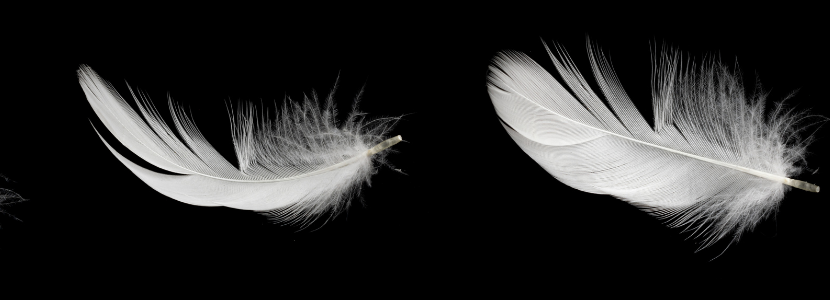Content available at: العربية (Arabic)
Indian scientists have designed a new technology that converts keratin waste such as human hair, wool, and poultry feathers to fertilizers, pet, and animal feeds. The technology has been developed by Professor A. B. Pandit, Vice-Chancellor, Institute of Chemical Technology Mumbai, along with his students. The newly developed technology provides an affordable and sustainable solution for addressing keratin waste.
What is Keratin?
Keratin is the type of protein that makes our hair, skin, and nails. It is also found in our internal organs and glands. It can be derived from the feathers, horns, and wool of different animals, and is also used as an ingredient in hair cosmetics.
What is Keratin Waste?
However, keratin is also the main waste product generated during poultry processing from feathers, hair, scales, nails, etc. It is generally hard and difficult to hydrolyze. But the advantage is, it is inexpensive and contains more than 85% protein.
Presently, tens of millions of tons of keratin waste are produced each year worldwide; of which, feather waste accounts for approximately 8.5 million tons. However, there hardly exists an effective method for the recovery of keratin waste.
Keratin Waste in India
India generates a huge amount of human hair, poultry feather waste, and wool waste each year. Worldwide, around 8.5 billion tons of poultry feather is generated annually, of which India’s contribution alone is 350 million tons.
Ill-impact of Keratin Waste
The keratin wastes are dumped, buried, used for landfill, or incinerated, increasing environmental hazards, pollution, and threat to public health. The waste also increases greenhouse gas emissions.
Keratin wastes are considered environmental pollutants and are mostly generated from poultry farms, slaughterhouses, and leather industries. The main producers of
Keep up to date with our newsletters
Receive the magazine for free in digital version
REGISTRATION
ACCESS
YOUR ACCOUNT
LOGIN
Lost your password?

